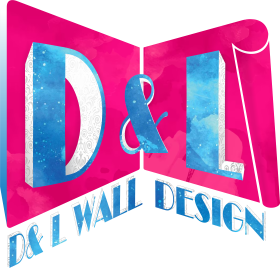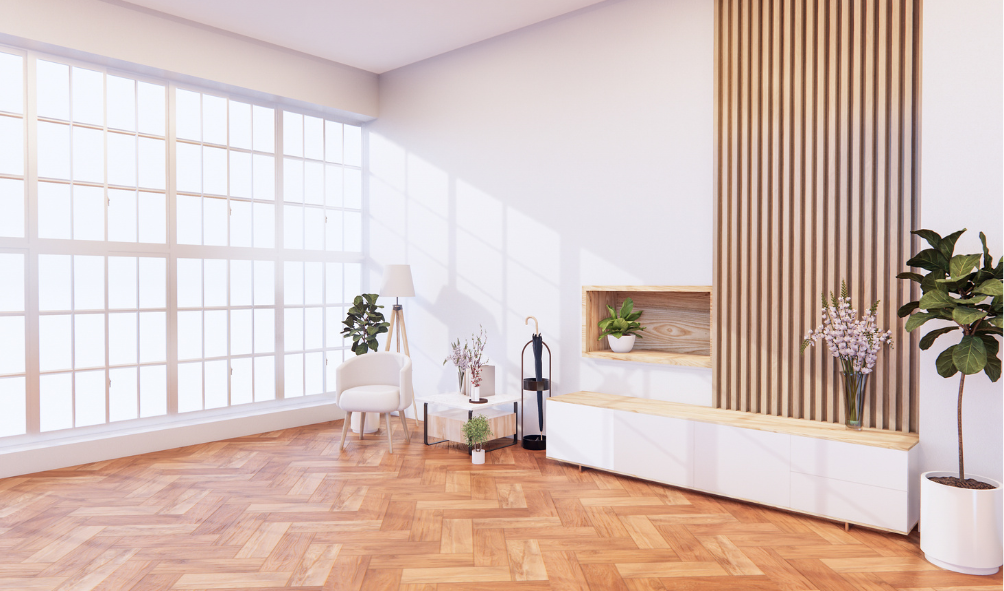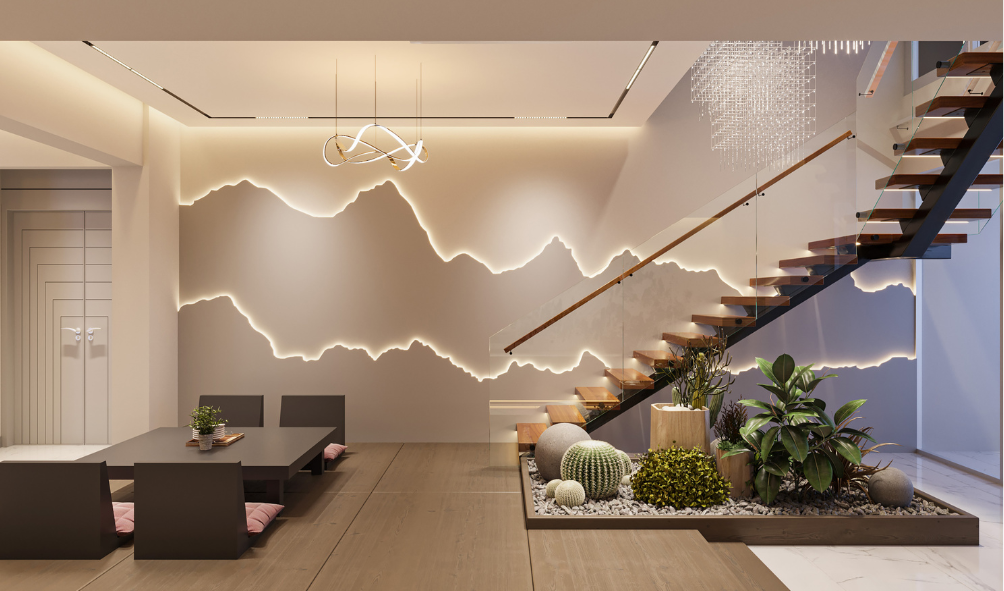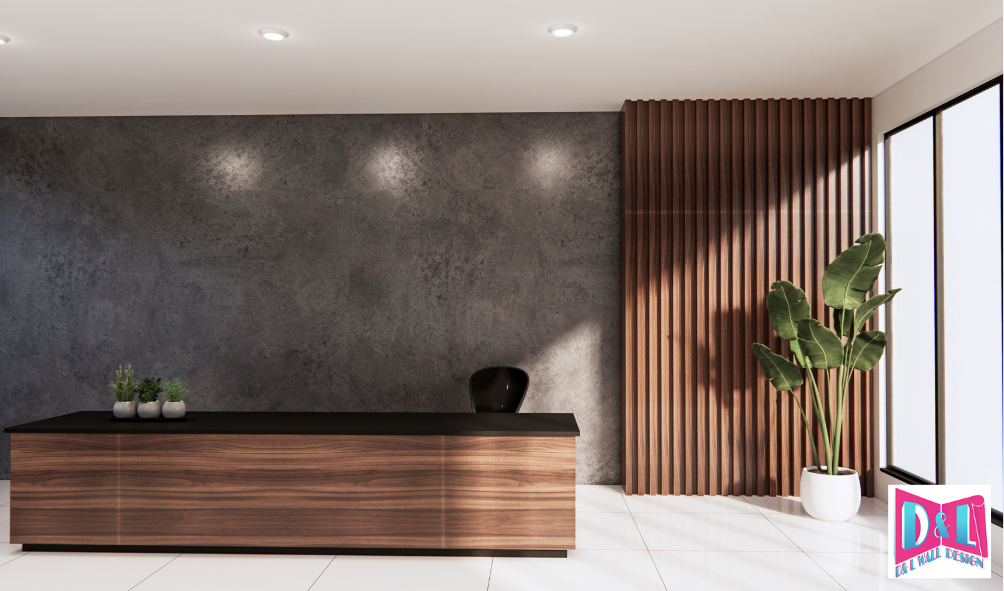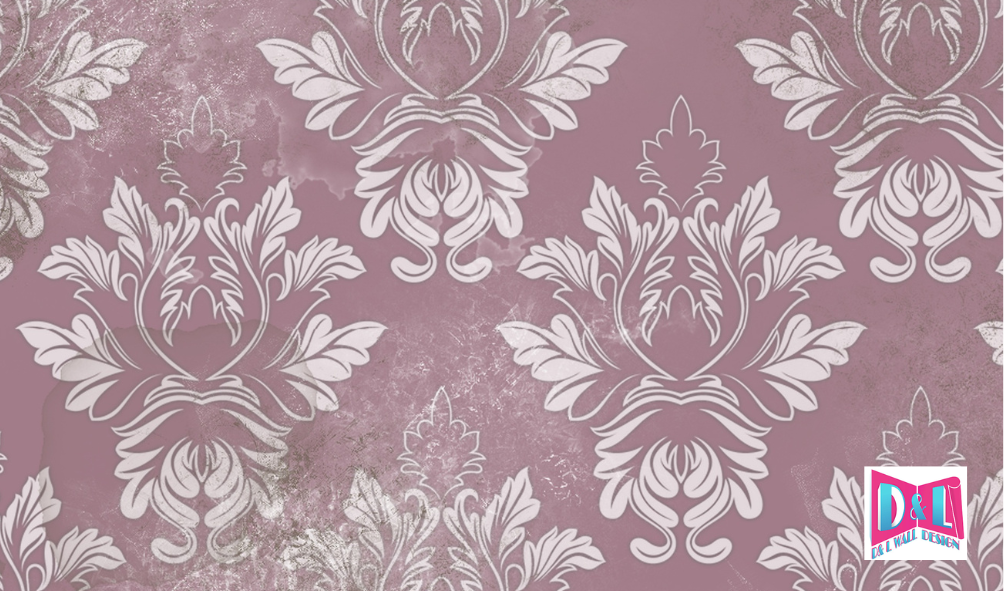What Are Your Choices This 2025 for Aesthetic Modern Interiors
If you’re looking to refresh your living space in 2025, aesthetic wall designs offer a range of exciting choices that fit different tastes and lifestyles. From bold statement walls to subtle textures, you can find options that reflect your personality while enhancing the atmosphere of any room. Your best choice this year is to combine creativity with sustainability and personalization to make your walls stand out in a meaningful way.
This year, trends focus on more than just looks. You can expect smart designs that respond to your moods and eco-friendly materials that bring both style and responsibility into your home. Whether you prefer sleek minimalism or rich, layered decor, there is something to suit your preferences and create a space that feels uniquely yours.
Exploring different techniques—like DIY projects or using unusual finishes—can add a special touch to your walls. With so many new ideas emerging, 2025 is a great time to rethink what your walls can do for your home and lifestyle.
Key Takeaways
- You can choose from bold, subtle, or tech-friendly wall designs.
- Sustainable and personalized options are leading the trends this year.
- Mixing different textures and styles helps create a unique space.
Emerging Wall Design Trends for 2025
In 2025, wall design is shifting toward bold colors, innovative patterns, and new materials. You will also find options that connect technology with design, creating walls that do more than just look good.
Color and Pattern Innovations
You can expect walls to become a key focal point with fresh colors and patterns. Deep, bold hues like rich emerald, burnt orange, and navy blue will be popular. Patterns are moving beyond simple shapes to include oversized florals, abstract designs, and even textured murals that add depth.
Maximalist murals are especially trendy. These are bold, personalized walls that make a strong statement in your room. Mixing patterns is encouraged, but balance is key. For example, combine a bright patterned wall with neutral furniture to avoid overwhelming your space.
Sustainable and Eco-Friendly Materials
More options are available if you want to make environmentally friendly choices. Materials like recycled wood panels, natural fiber wallpapers, and low-VOC paints reduce your home’s impact on the environment.
Look for peel-and-stick wallpapers made from sustainable sources. They are easier to install and remove without damage. Textured finishes using eco-friendly compounds also add interest while supporting green living.
Choosing sustainable options helps you create stylish spaces without compromising your values.
Tech-Integrated Wall Aesthetics
Walls in 2025 go beyond decoration with smart technology. Consider walls that change color with smart paints responding to light or temperature.
Air-purifying wall coatings are another innovation, helping to improve your indoor air quality. Some walls come with built-in LED lighting or embedded speakers to combine atmosphere and function.
By integrating these tech features, your walls can provide both style and utility in your daily living space.
Modern Textures and Finishes
You can add depth and interest to your walls with different textures and finishes. These options not only change how your walls look but also how they feel and interact with light. Choosing the right combination helps you create a balanced and stylish space.
Matte and Gloss Contrasts
Using both matte and gloss finishes on your walls can create visual contrast that adds sophistication. Matte finishes absorb light and offer a soft, flat look. This finish works well on large areas and helps hide imperfections.
Glossy finishes reflect light and create a shiny, smooth surface. You can use gloss in smaller areas or as accents to draw attention. For example, a glossy stripe or pattern on a matte wall adds interest without overwhelming the room.
Mixing these finishes allows you to highlight architectural features or create dynamic focal points. You can even play with the level of gloss for subtle effects, from satin to high gloss.
Tactile Surfaces
Tactile wall textures invite you to touch and engage with your space. These surfaces often have a raised or patterned feel, such as plaster, stucco, or textured paint. They add dimension and warmth to a room.
Textured walls can hide minor flaws like cracks and uneven drywall. You can choose from smooth swirls, rough finishes, or artistic hand-applied textures. Each type changes the look and mood of the room differently.
Tactile finishes work well in living rooms or bedrooms where comfort matters. They make walls feel less flat and more interesting, contributing to a cozy or elegant atmosphere.
3D Wall Panels
3D wall panels are a bold way to add shape and shadow to your walls. These panels come in various materials, including wood, plastic, and gypsum. Their raised patterns create depth and a modern look.
You can cover a whole wall or use panels as an accent. Popular designs include geometric shapes, waves, and organic textures. These panels are easy to install and often lightweight.
Besides aesthetics, 3D panels can improve room acoustics by breaking up sound waves. They bring both style and function, making your walls stand out with a unique, tactile design.
Statement Walls and Focal Points
You can use a statement wall to change how a room looks and feels. It grabs attention and shows your style through color, texture, or art. Choices like murals, wallpapers, or gallery setups allow you to create a unique and focused area in any space.
Accent Murals
Accent murals are large-scale paintings or prints applied directly to your wall. They add depth and personality, turning a plain wall into a strong visual feature. You can pick from nature scenes, abstract designs, or even custom art that fits your taste.
Murals work well in living rooms, bedrooms, or hallways where you want to create an impact. They often use bold colors or detailed images that draw the eye instantly. Many murals can also make a room feel bigger or cozier, depending on the design.
Custom Wallpaper Solutions
Custom wallpaper gives you total control over the pattern, color, and texture on your wall. You can design something unique or choose from a wide range of prints to match your room’s style. This lets you add character without extra furniture or decoration.
Modern wallpapers also come with textures like fabric, grasscloth, or metallic finishes. These add a tactile feel to your space, making the wall more than just a backdrop. They can complement other elements in your room without overpowering the décor.
Gallery Wall Arrangements
Gallery walls are collections of framed art, photos, or objects arranged on one wall. This setup lets you display personal memories or favorite artworks in a stylish way. You control the layout, mixing sizes and styles for a dynamic look.
A well-planned gallery wall becomes a natural focal point in your room. You can change or update the pieces as your tastes evolve. Using matching frames or coordinated colors helps keep the display neat and intentional.
Minimalism and Maximalism Approaches
You have two main options for aesthetic wall design this year. One focuses on simplicity with calm, uncluttered visuals. The other packs walls with color, patterns, and detailed layers for a more energetic look.
Clean Lines and Neutral Hues
Minimalist wall design centers on clean lines and neutral colors. You will use shades like white, beige, gray, or soft pastels. These tones create a calm, open feel and help your space appear larger and more organized.
Simple geometric shapes or subtle textures often replace busy patterns. This style makes your walls a quiet backdrop, letting furniture and décor stand out without overwhelming the room.
Minimalism is great if you want a space that feels peaceful and tidy. It supports mental clarity by reducing visual clutter, so your walls won’t compete with your senses.
Bold Motifs and Layered Visuals
Maximalism is about making a bold statement with your walls. You can choose rich colors like deep blues, reds, or greens, combined with multiple patterns and art pieces layered together.
This approach lets your personality shine through by combining eclectic styles. You might mix wallpaper, framed art, and colorful tapestries all in one space.
Your walls become a lively focal point that energizes the room. Maximalism works well in social areas, stimulating creativity and conversation with its busy, textured look.
Use this style if you prefer visuals that are rich, vibrant, and full of detail rather than reserved and subtle.
Personalized Solutions and DIY Techniques
You can make your walls truly unique by using creative painting methods and easy-to-change decorative items. These options let you express your style without needing professional skills or permanent changes. They are also budget-friendly and adaptable to any space.
Custom Paint Applications
Custom paint techniques allow you to add depth and personality to your walls. You can try methods like color blocking, gradients, or stencil patterns. Each technique lets you control the look, whether you want something subtle or eye-catching.
For example, using painter’s tape to create sharp geometric shapes can add a modern feel. Sponging or rag-rolling paint can give texture without extra materials. You only need basic supplies like brushes, rollers, painter’s tape, and quality paint.
Custom paint projects also let you fix wall flaws like cracks by applying textured paint. This way, you improve both your wall’s look and feel. These techniques work well in any room, from living areas to bedrooms or even hallways.
Removable Decals and Stickers
Removable decals and stickers offer a flexible way to personalize your walls. They come in many designs, from minimalist patterns to bold artwork. You can easily peel them off and change your room’s look when you want.
These decals are ideal for renters or anyone who avoids permanent wall changes. They usually leave no marks or damage when removed. You can create custom arrangements or gallery walls quickly by mixing different shapes and sizes.
You only need a clean wall and a smooth surface for the best results. Decals save time compared to painting and are perfect when you want a quick refresh. They also work great for kids’ rooms, offices, or small apartment walls.
Planning an aesthetic wall design for your interiors? Plan with the experts and consider a professional wallpaper installation contractor in Miami, FL, who can give you the best service tailored to your walls. This approach frees you from the stress and offers guaranteed quality. Contact D&L Wall Design at 786 389-3914 for a FREE consultation today!
